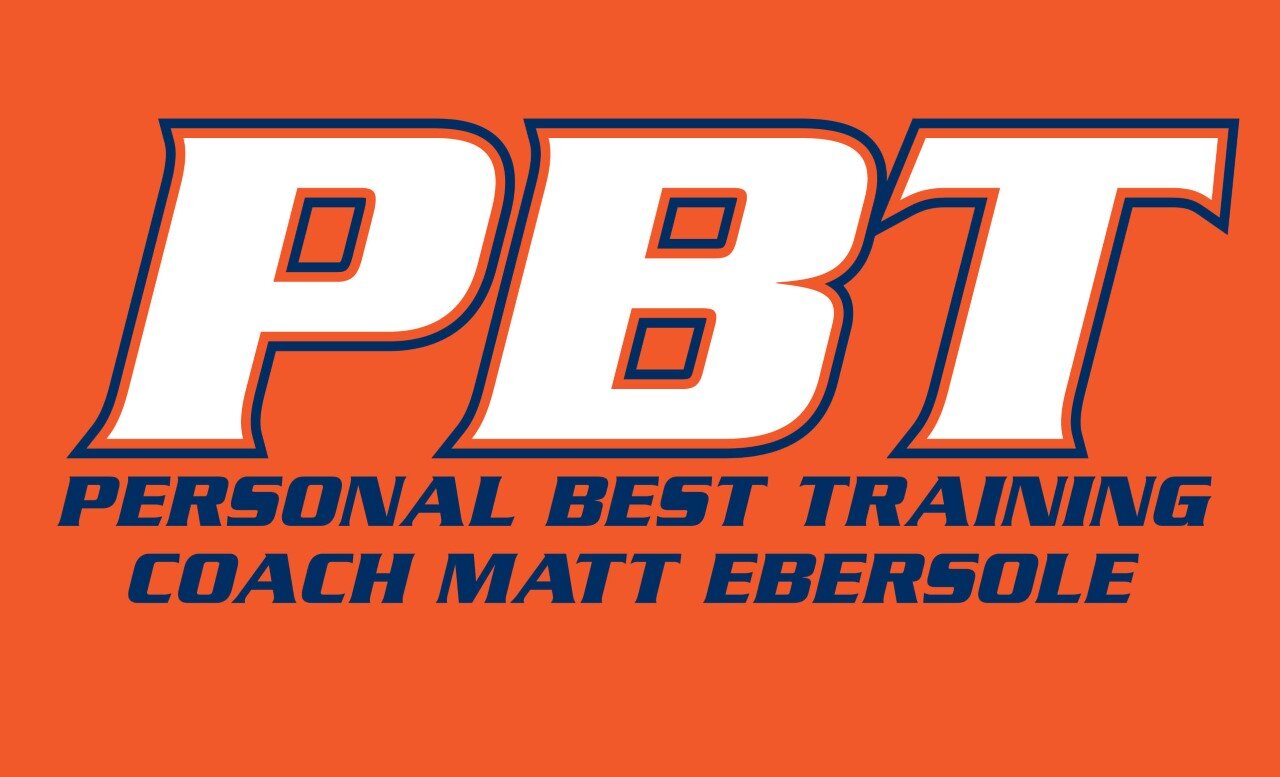Remember when you starting running and you were thrilled to make it a block and then a mile without stopping? That led to your first 5K and then your first half marathon and then maybe a marathon (or beyond). Running was sweet and simple. The more you ran the better you became.
At some point you found you had to add higher quality workouts to continue improving. Then you figured out the awful truth that the better you got the more work it took to continue getting faster. Eventually, you may have found yourself on a long-lasting plateau.
If you have plateaued and are still hopeful for improvement by doing the same thing that has ceased to be successful, you may have met the running version of the popular definition of insanity. That is, continuing to train the same way that is no longer working, but still expecting progress. Though I am addressing the more experienced and accomplished runners in this post, if you follow me to the end, there is a point for everyone.
How do we get your improvement curve moving in the right direction once again? Let's start with facing the fact that you will have your last PR. Rarely do we know it when that happens, so let's go down fighting before we accept that you will have to find something obscure or truly insane for a new PR.
The tendency after a few marathons is to spend all of your training effort accumulating mileage and "threshold" quality. For marathoners it is pretty easy to fall in love with mileage and threshold or stamina training because it is race specific and the benefits are great and improvement can be sustained for a long time. Of course, this makes perfect sense, until the results dry up and you find yourself stuck.
If you gradually raised your weekly mileage to a great endurance building level that has now peaked or been reduced by time, interest, or health, you are no longer likely to get adequate training stimulus for improvement this way. You've found the magic of high end aerobic or threshold training and have utilized it through intervals, steady state runs, and sprinkling quality into your long runs to maximize your stamina. That led to the rewrite of your personal record book. But now, even the effectiveness of stamina training has seemed to stall.
This is where many long distance runners get stuck and the insanity creeps in. If you are not going to run more miles, and you can't add more "threshold" miles with effectiveness, and your training pace has stagnated, or worse, slowed, what will bring the PR fitness? Now that your performances are treading water, you will need to add or increase another ingredient to your training mix.
We have established in previous posts that we can summarize training into 4 types, endurance, stamina, economy, and speed. Now is a good time to more closely examine the third workout type, economy. Let’s define running economy as the energy cost of running a given pace. It’s true that all types of training result in improved running economy (at least for a time). However, because we seem to have maxed out endurance and stamina you will want to focus on the most targeted ways to improve your economy. Where you find yourself now requires a move northward into the world of faster running, heavy breathing and lactic acid.
It's time to reallocate your training resources and spend more energy on hard running. So how hard are we talking about? This is not the comfortably hard stuff that is so stamina specific. It is training above your threshold. It's the kind of running that only happens when you mean it, the kind that is only fun when it's over. If you ran in high school and college and spent time racing 5K to 10K on the roads before focusing on the marathon, you have done plenty of this training in the past. Common economy training are intervals at 90% or higher and races of up to 10K.
If it has been awhile these efforts will be shocking. Oddly enough, kind of like long runs used to be. In the right dosage this type of training can jump start your marathon specific training by raising your ceiling and nudging you to a faster pace for the rest of your training. And here is the key. With the right balance this will help your endurance and stamina training regain effectiveness.
The lesson here for all is that the training mix that works best for you now will need to be reevaluated from time to time when goals change or progress slows. The right reallocation of your effort can get your improvement curve heading back into the right direction pushing that last PR into the future.





























